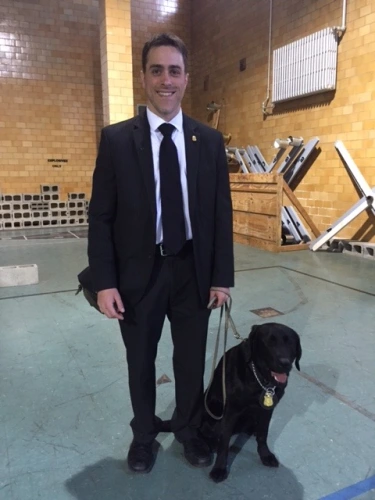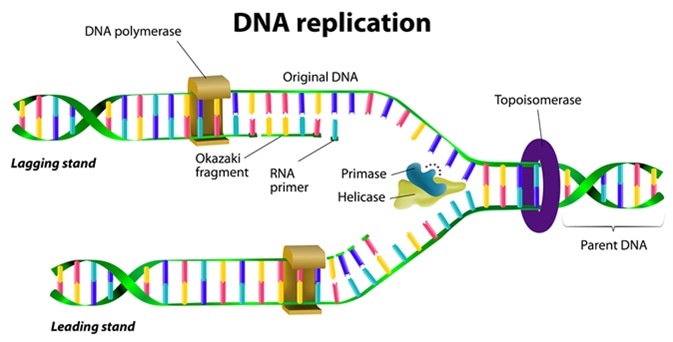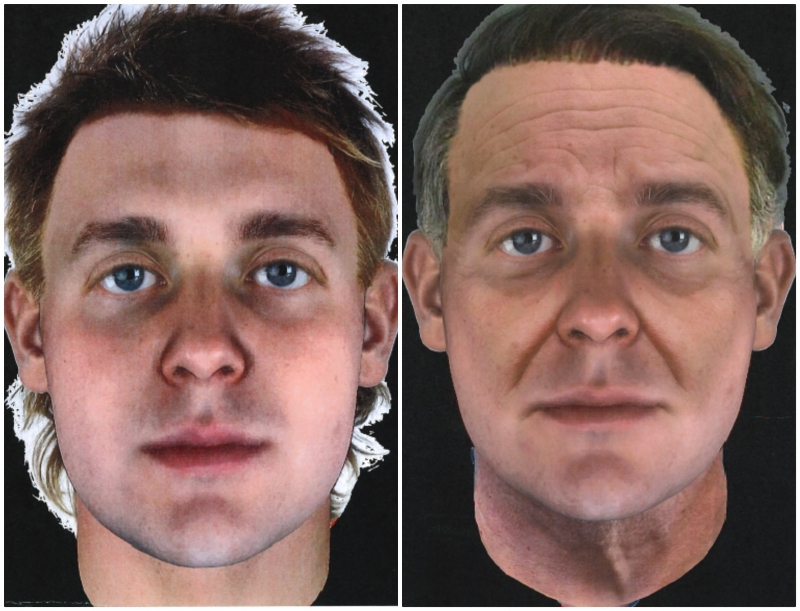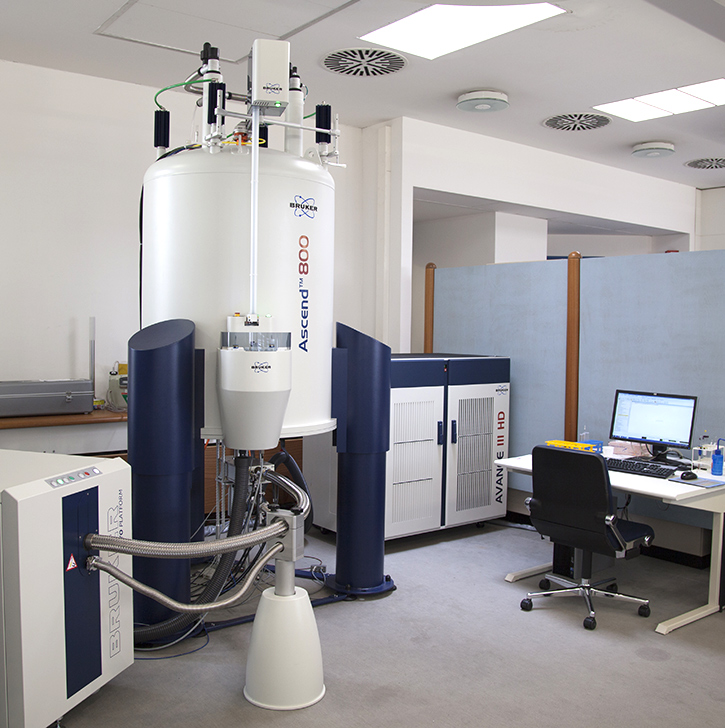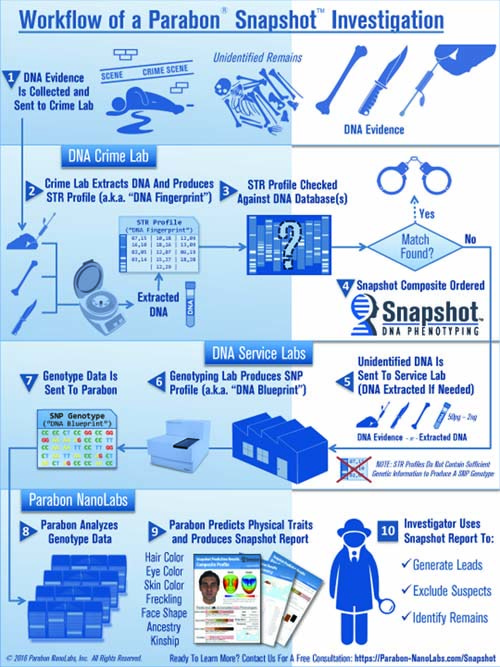
People often use the term ballistics when they actually mean firearms examination. Ballistics, in its purest definition, is the flight pattern analysis of things like rocks, bullets, artillery shells, and rockets. But the term ballistics has become the vernacular for firearms examinations.
One of the important analyses that takes place in many homicide investigations, is a comparison of bullets removed from a corpse with those test fired by a suspect weapon. As the bullet travels down the barrel, scratches and grooves are cut into the outside of the bullet by the spiral rifling within the barrel and these apply unique characteristics to the bullet. If the test-fired bullet and the bullet removed from the victim can be matched in this fashion, it suggests that the bullet came from that gun to the exclusion of all others.
But, it’s not that simple. During the manufacturing process of the barrel, a tool is used to mold the shape the barrel’s lumen or to hollow out its interior. This process creates the bullet’s pathway from the firing chamber to the muzzle and also adds the rifling characteristics of the weapon’s barrel. Each is different since the molding or cutting process varies with each attempt.
As a tool is used to manufacture barrel after barrel, the tool itself also changes. It is worn, chipped, grooved, and damaged with each use. Think about your kitchen knives. Over time they become dull and must be resharpening. This is because the tool – – the kitchen knife – – itself is altered with each use. This means that as barrels are produced by a particular manufacturing tool, each will be slightly different. However, if two barrels are made by the same tool consecutively, the differences can be so small as to be undetectable. This could lead to false matches.
The same is true of the gun barrel as it is used. With each firing, the grooves are microscopically altered. If a bullet is obtained from the crime scene and is compared to one test fired from the actual murder weapon, it might not match if the weapon has been fired many times between the killing and its discovery. The barrel is altered each time a bullet passes through it and this can be enough to make a match impossible.
To help examiners, the National Institute of Standards and Technology (NIST) has developed a database of 3-D images which will hopefully help examiners be more accurate in their assessments. Obviously, this data will be subject to the same vagaries as described above but with these clearer, three-dimensional images some of the confusion might be reduced and matches might be more accurate down the road. This will be interesting to keep an eye on.
